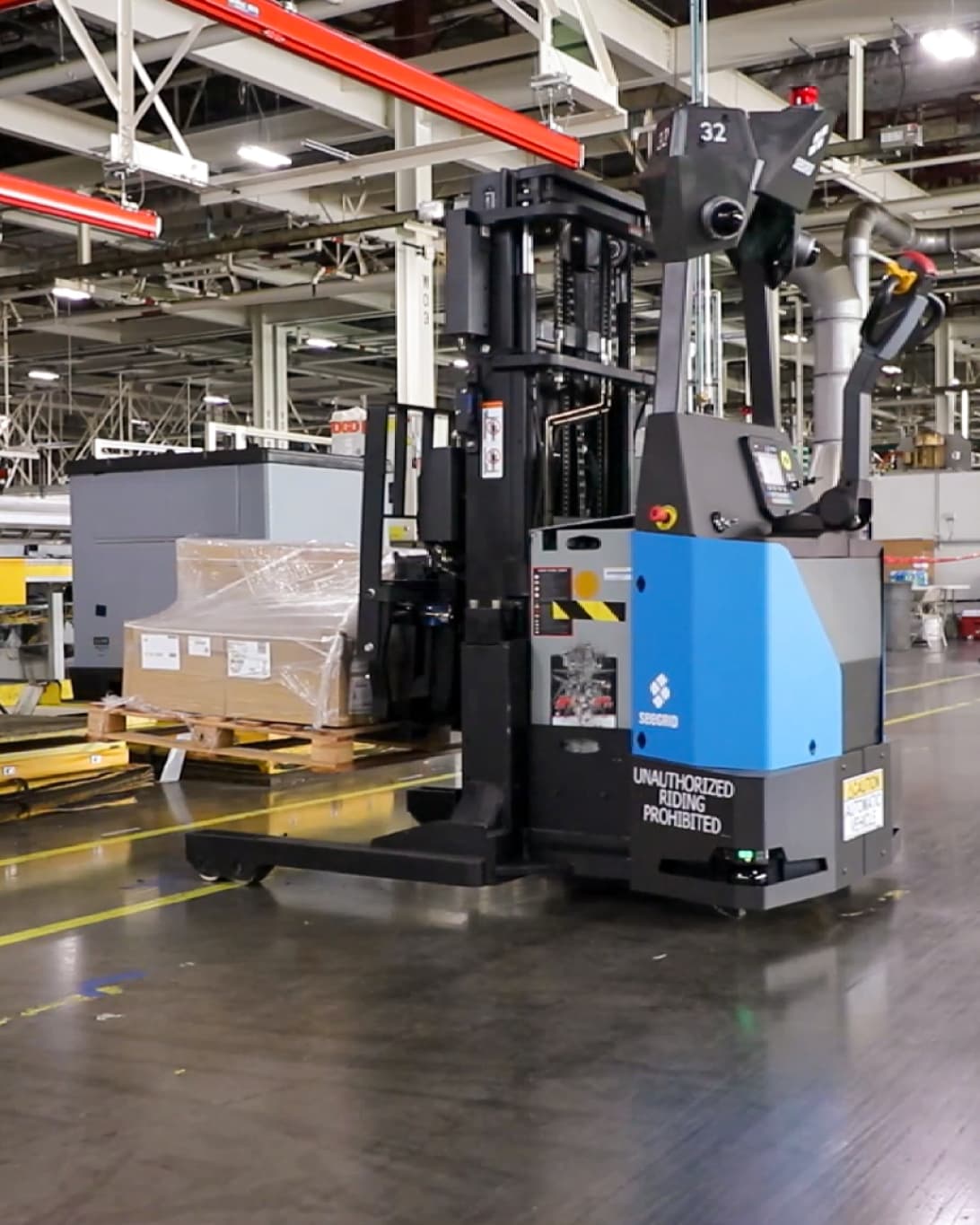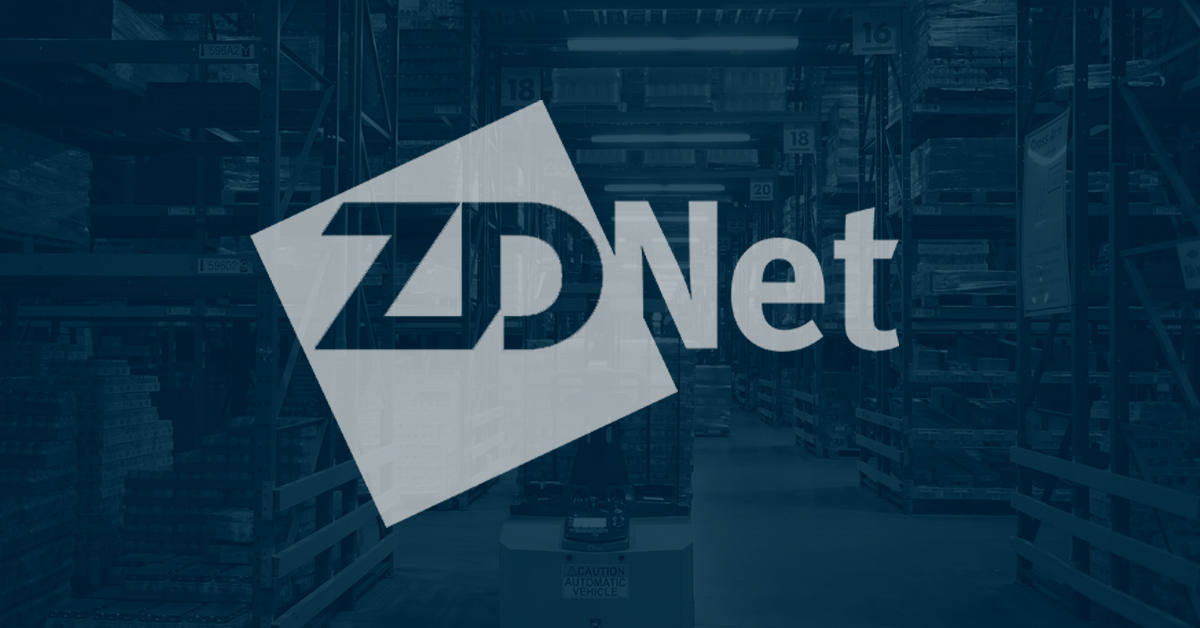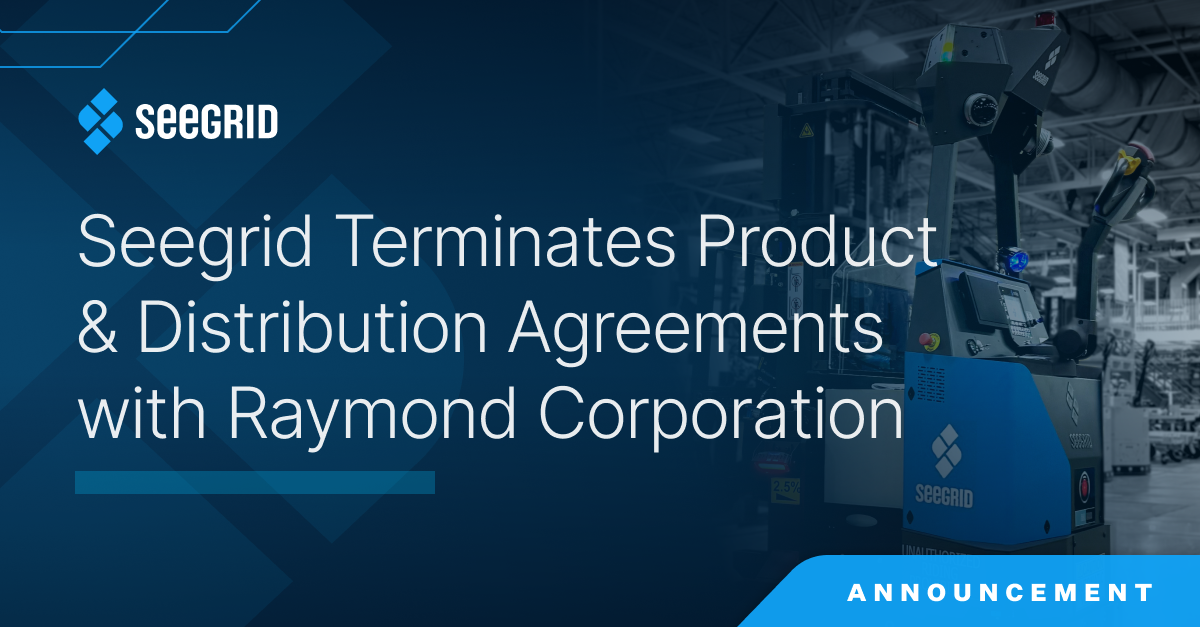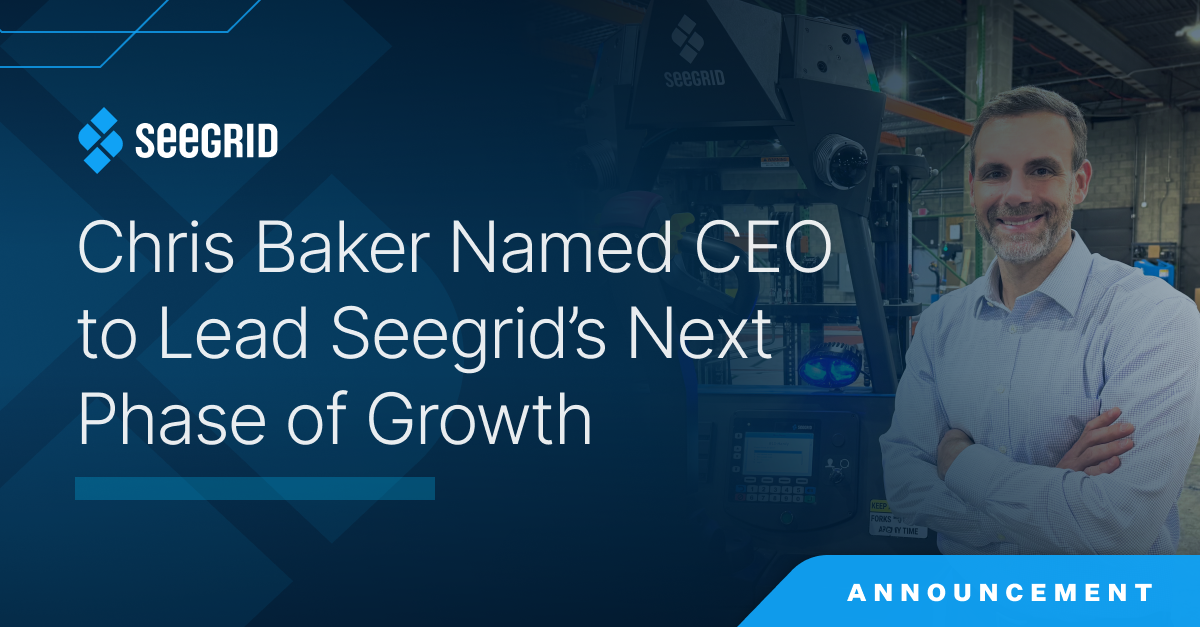A massive effort is currently underway to try and future-proof supply chains from the next major disruption. From the pandemic and ongoing product shortages to the blockage in the Suez Canal and natural disasters, companies are frantically contending with the critical need to make supply chains more resilient.
One way companies are building resiliency into supply chains is by incorporating automation within facilities to keep pace with growing consumer demand while mitigating the potential impact of external disruptions.
ZDNet's Greg Nichols connected with Jim Rock, CEO of Seegrid, and Ian Kinne, Director of Logistics Innovation for Hillwood, to discuss how automation is the only way forward for many companies in an uncertain world.
This Q&A session covers several questions regarding automation, including:
- Where are we seeing enthusiasm around automation in the supply chain and what are some areas that have been slower to adopt industrial automation technologies?
- In what ways did the pandemic expose supply chain vulnerabilities? What are some factors that allowed some organizations to weather these disruptions better than others?
- What are some of the ways automation help companies stay flexible in light of growing demand and unpredictable disruptions?
- Automation is often considered in relation to scaling up; in what ways can a thoughtful approach to automation also help a company temporarily scale back operations while minimizing shocks to the organization?
- When is it best to redesign operations from the ground up to incorporate automation, and when might it be preferable to take a more piecemeal approach with adaptable automation solutions?







